| Moderated by: chrisbet, |
|
|
| Bird in flight techniques | Rate Topic |
| Author | Post |
|---|
| Posted by Eric: Wed Jul 10th, 2019 14:12 | 1st Post |
| I am open to recommendations as to best way to tackle this subject. I've had the opportunity to photograph Red Kites flying around the field next door these last few days. I've got what I think are some nice shots (will post when I am home next week) but the keeper rate is alarmingly low. The failures are invariably focus and exposure. Trying to improve exposure by bracketing hasn't improved the number of in focus shots which caused me to ask a question I can't answer....can you guys? When you bracket a series of exposures in AFC mode.....does the continuous focus continue DURING the bracketing sequence or does the sequence lock the focus from the first in the series?
____________________ Eric |
| Posted by jk: Wed Jul 10th, 2019 14:17 | 2nd Post |
| All I can recommend is a D500 (not D850) with a Nikon 200-500mm. The D850 AF points do not cover the whole screen so it does not seem to be as efficient at tracking BIF.
____________________ Still learning after all these years! https://nikondslr.uk/gallery_view.php?user=2&folderid=none |
| Posted by Eric: Wed Jul 10th, 2019 15:49 | 3rd Post |
jk wrote:All I can recommend is a D500 (not D850) with a Nikon 200-500mm.I hear what you are saying but in my case, the birds are rarely near the frame edges (due to them being further away than my focal length can overcome), so wider coverage of sensors wouldn't help. The problem I have is the first image in the bracketing sequence is locked on ok but reviewing the full sequence reveals the AFC hasn't kept up with the birds circulating flight path. I think its the use of the Nikon 1.4x III teleconverter because the AFC performs ok on the D500 with the 500mm lens on its own. Will have another go tomorrow. I just couldn't believe that AFC stopped during bracketing but thought I would ask.
____________________ Eric |
| Posted by novicius: Wed Jul 10th, 2019 17:31 | 4th Post |
| Apart from the "Depending on Camera/Lens rig" issue, I found that Lighting, such as in a "Contre Jour" situation, the auto /focus / metering can go bonkers, also, I am convinced that with D1 / D1x / SlrN / D3S / D3x when Focus selector is set to "C " , then before each time the Shutter fires, the Camera re-focuses.. My knowledge of Bird-Photography extends to a well prepared chicken being tasty...However , I can see a scenario of a rather small object "embedded" as it were in a sea of light , exposed by said light from every angle, except the right one ( Lens to Object ) ..which would be taxing for any camera system . Would it be possible to use Man. Focus instead ?...a bit of practice goes a long way.. ....and when you have become Proficient , You could apply for a job as a " Focus Puller "...I hear a Thrifty Gent can earn Big Bucks by pulling things on TV..
____________________ Back in Danmark I do not use my equipment to make photo`s .. I take photo`s to use my equipment The better I become at photography,the better my camera gets. |
| Posted by blackfox: Sat Jul 13th, 2019 16:28 | 5th Post |
| couple of points there Eric if possible dump the t.c and try to get closer , I also tend to use either single point or just 9 point a.f which I find easier to keep on target . you also cite exposure if shooting into the sky you will need to dial in at least 2/3rds of a stop of + exposure compensation to stop the sky blowing out the bird , also avoid background trees or bushes if possible . I try to practice for a hour or two each week on the local gull population as it keeps your hand and eye in .. red kites tend to be skittish in flight especially if there a few of them so try and pick just one out and follow it constantly . I'm probably preaching to the wrong person but the secret of b.i.f is getting in close and giving the camera time to acquire a focus lock .. heres a couple of short eared owl shots from earlier this year d7200 ,sigma 150-600C hand held you should be able to do better than this with your gear 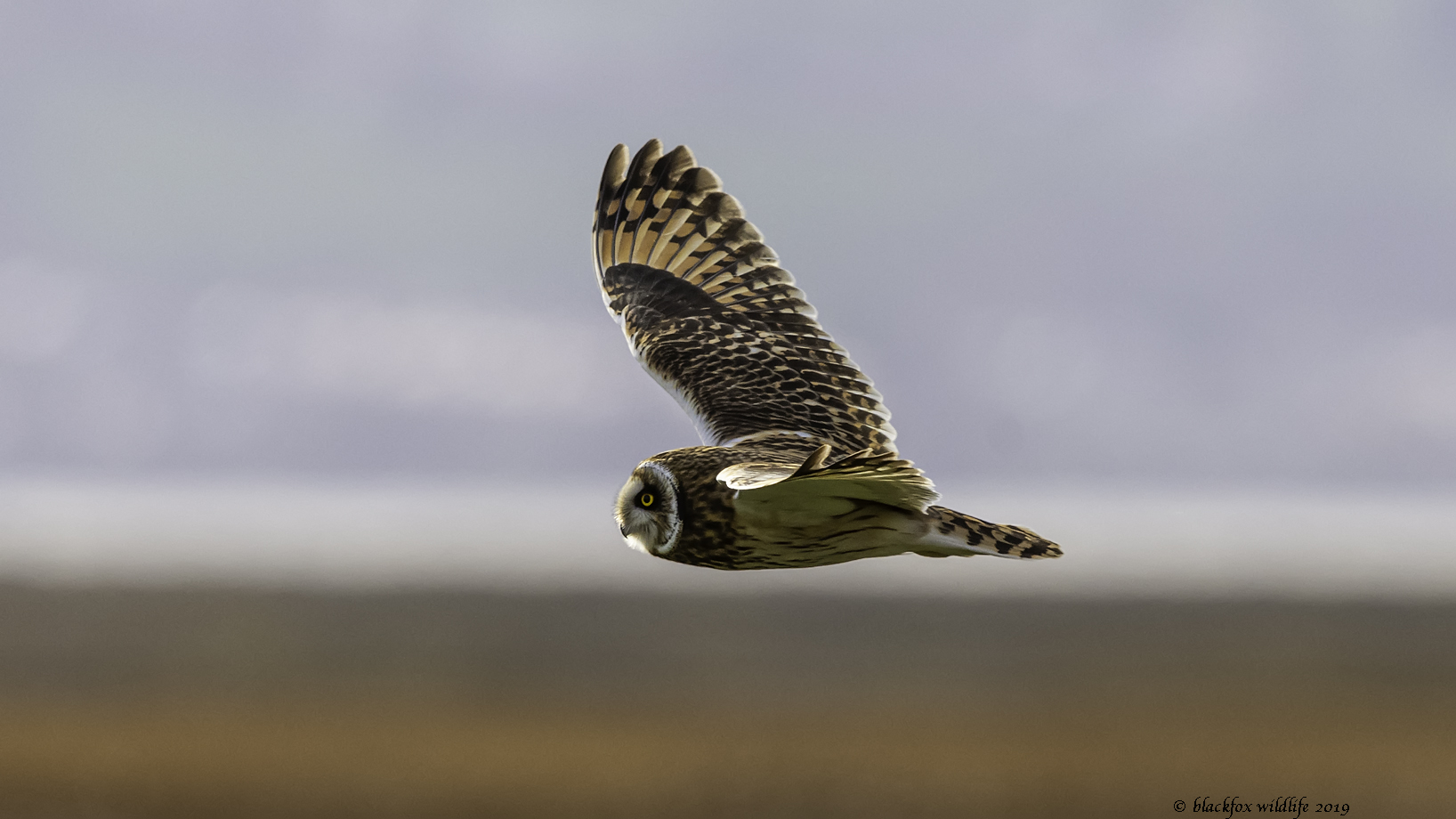 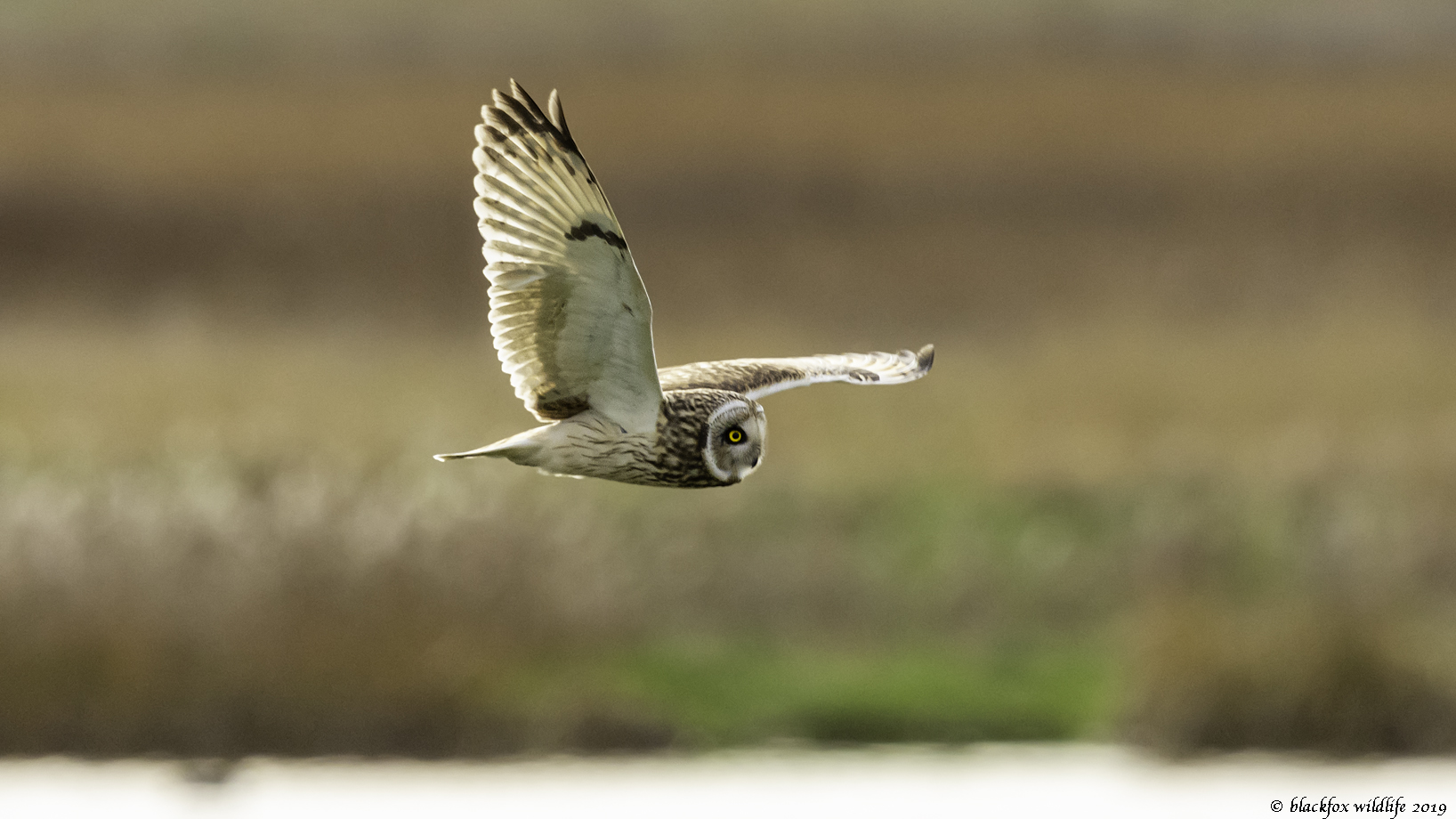
|
| Posted by jk: Sun Jul 14th, 2019 03:06 | 6th Post |
| Reading the other posts I think I need to add some detail to my original response. On my D500 and 200-500 combo. I set camera to .... Aperture priority. EV compensation - In Spain +1.7 (usually) but occasionally up to +2.3, in UK +1.3 to +1.0 (bright days), or +0.7 in winter. AF-C Dynamic tracking 53points I then do some test tracking of the birds to get my eye in for following the birds. Varies with type of bird, in Spain I am interested in bee eaters which fly/swoop very quickly. Most of these shots are against the sky hence my high EV compensation valures Success rate with other cameras was around 5-10% with D3, D800 but with D500 it goes up to 20% or better if there are big groups of bee eaters. Images are not as good as Jeff's but are useable. Practice makes perfect, and I have two short sessions each year when they fly north from Africa and when they return. When I do herons, etc., success rate is 60-80%. Reed warblers and others in the reeds make for AF false locks on reeds so I move to single point AFS. I do not bait for birds so everything is as natural which also makes for more difficult shooting. Baiting is contentious and some birders get tetchy if you do it (in my experience).
____________________ Still learning after all these years! https://nikondslr.uk/gallery_view.php?user=2&folderid=none |
| Posted by blackfox: Sun Jul 14th, 2019 03:55 | 7th Post |
| Basically I think you have hit the nail on the head there Jonathon ,a lot of people look at our published photos and forget that we discard a huge percentage ,if I take 500 shots in a session that will more than likely be whittled down to 20 or 30 keepers and then only a couple will end up being outstanding . A good friend of mine who shoots canon 1DX plus 500mm f4 has recently been trying out a Sony system and told me it was giving a virtual 95% success rate on b.i.f . Things are changing but it's all down to how deep are your pockets
|
| Posted by blackfox: Sun Jul 14th, 2019 04:49 | 8th Post |
Eric these are from 2012 taken with a d7100 and a 300mm f4 + 1.7 tc not a particularly fast set up but shows the need to be close . taken at gigrin farm feeding station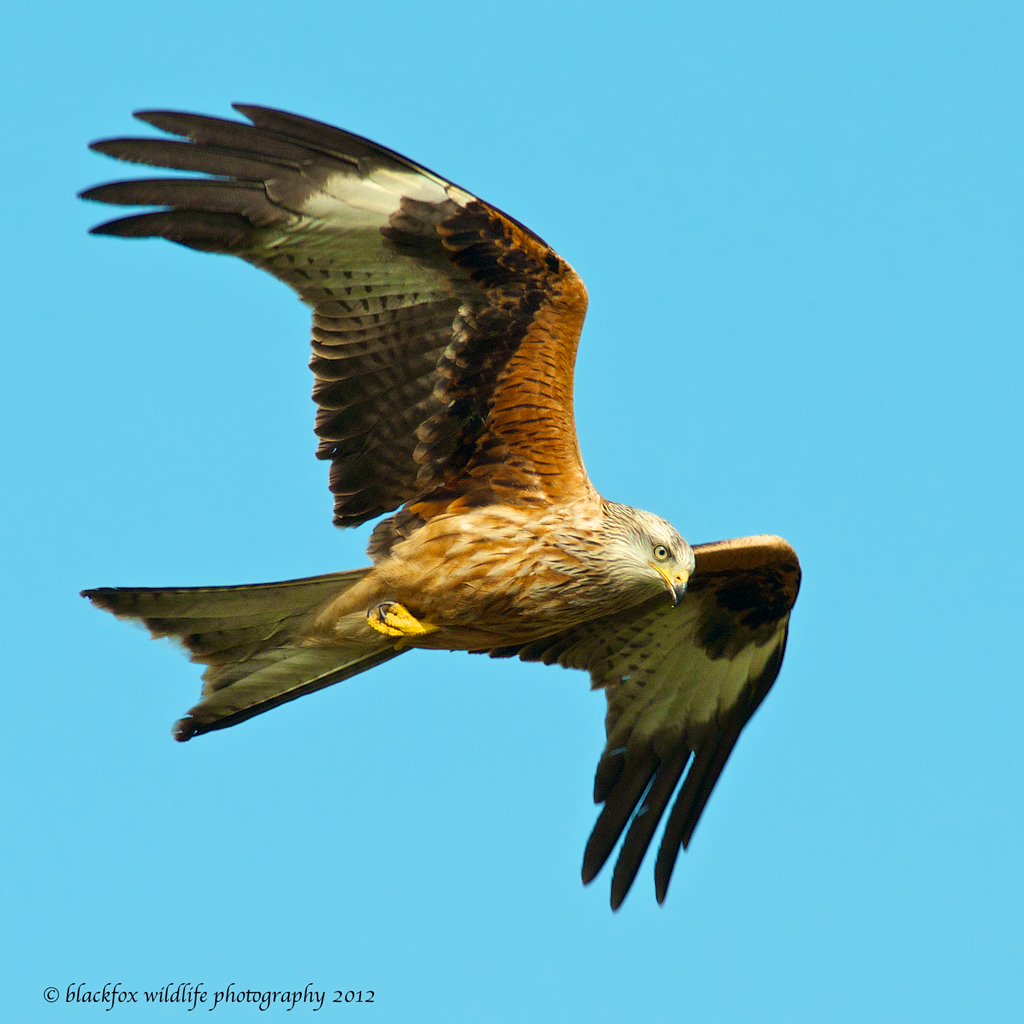 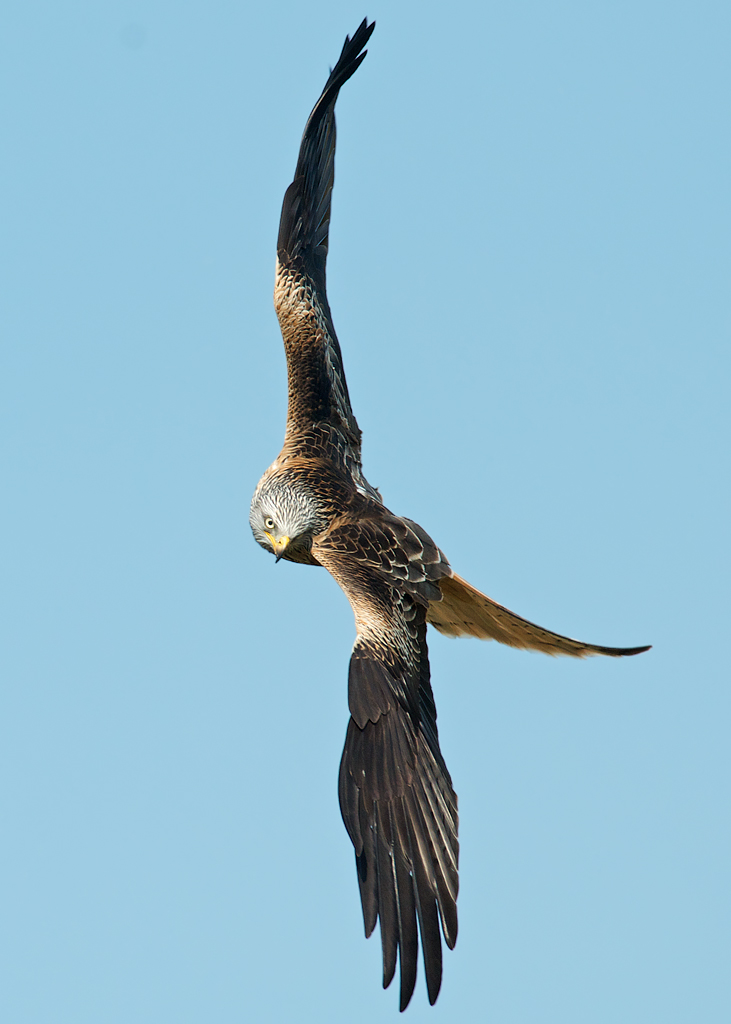
|
| Posted by jk: Sun Jul 14th, 2019 06:03 | 9th Post |
| Jeff, do you use a tripod or monopod with your 150-600? I use a tripod with gimbal for my D3/D850 and 400mm f2.8 as it is too heavy to use free hand for long periods but my 300mm f2.8 I use free or on monopod. Nikon set up in either lens pair is heavy but the 400mm and camera weighs too much for BIF shots.
____________________ Still learning after all these years! https://nikondslr.uk/gallery_view.php?user=2&folderid=none |
| Posted by blackfox: Sun Jul 14th, 2019 07:32 | 10th Post |
| Although I have a decent CF tripod and a good jobu gimbal I tend to only use it while waiting for the birds to appear ,once they start flying I estimate that 95% of my shots are handheld . The sigma lens is medium weight so that helps but I'm also wobbling around getting another 300mm f4 once funds allow as they work well with most t.c,s and you don't have to take focus breathing into account as you do with zooms I.e a 300 and 1.7 come in at just over 500mm and although the sigma is supposedly 600mm focus breathing brings that down to around 550 mm so not a lot of difference . Having used that combo before I know that it's pin sharp even without I.s if funds allow the PF might even be on the cards . PS as rob will tell you I'm not exactly a small guy either so hand holding is not a problem 6'1†and brick outhouse is the term I think
|
| Posted by Eric: Mon Jul 15th, 2019 16:44 | 11th Post |
| Thanks for the pointers Jeff. I did get some shots that (I think) are good. It was the consistency that was unsettling me. The light was changing due to fast moving clouds. The birds were obviously all over the place in the breeze! So I made the decision to bracket exposure. The problem was that in addition to the birds attitude changing between frames ( why does the best body shape happen on the underexposed frame? 😡) the camera wasn't keeping up with the undulating circulatory flight of the bird. It was this problem that most spooked me. The focus locked on for the first shot but despite keeping the 9spot focus frame on the bird, the focus didnt follow the bird. It could have been the lack of contrast on the bird itself ( brown on brown) exacerbated by the shadow effect from backlighting ( when inadequate ex comp applied). Or it could have been the communication failure of the teleconverter?? It wasn't the camera persay, as I tried 2 bodies and got the same lethargic AFC with each. The focus responded normally when focusing on subjects beyond 30m but at 20m the focus just seemed to 'stick'. I ran out of time and weather to do more meaningful tests but I think I will take your advice and ditch the Teleconverter as a first action for bif exercises for the time being. One of my better ones.... 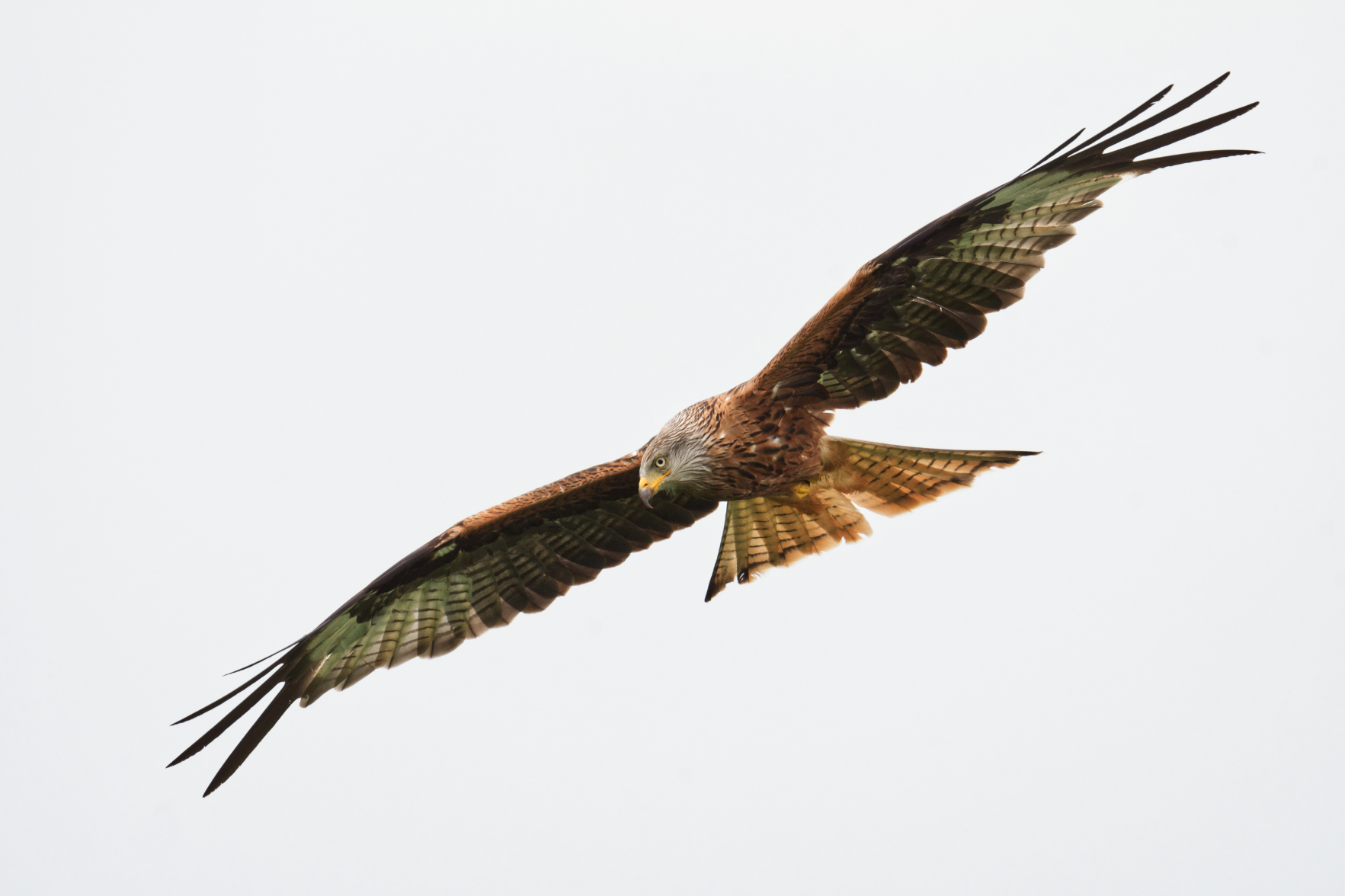
____________________ Eric |
| Posted by Eric: Mon Jul 15th, 2019 17:08 | 12th Post |
Here's another angle....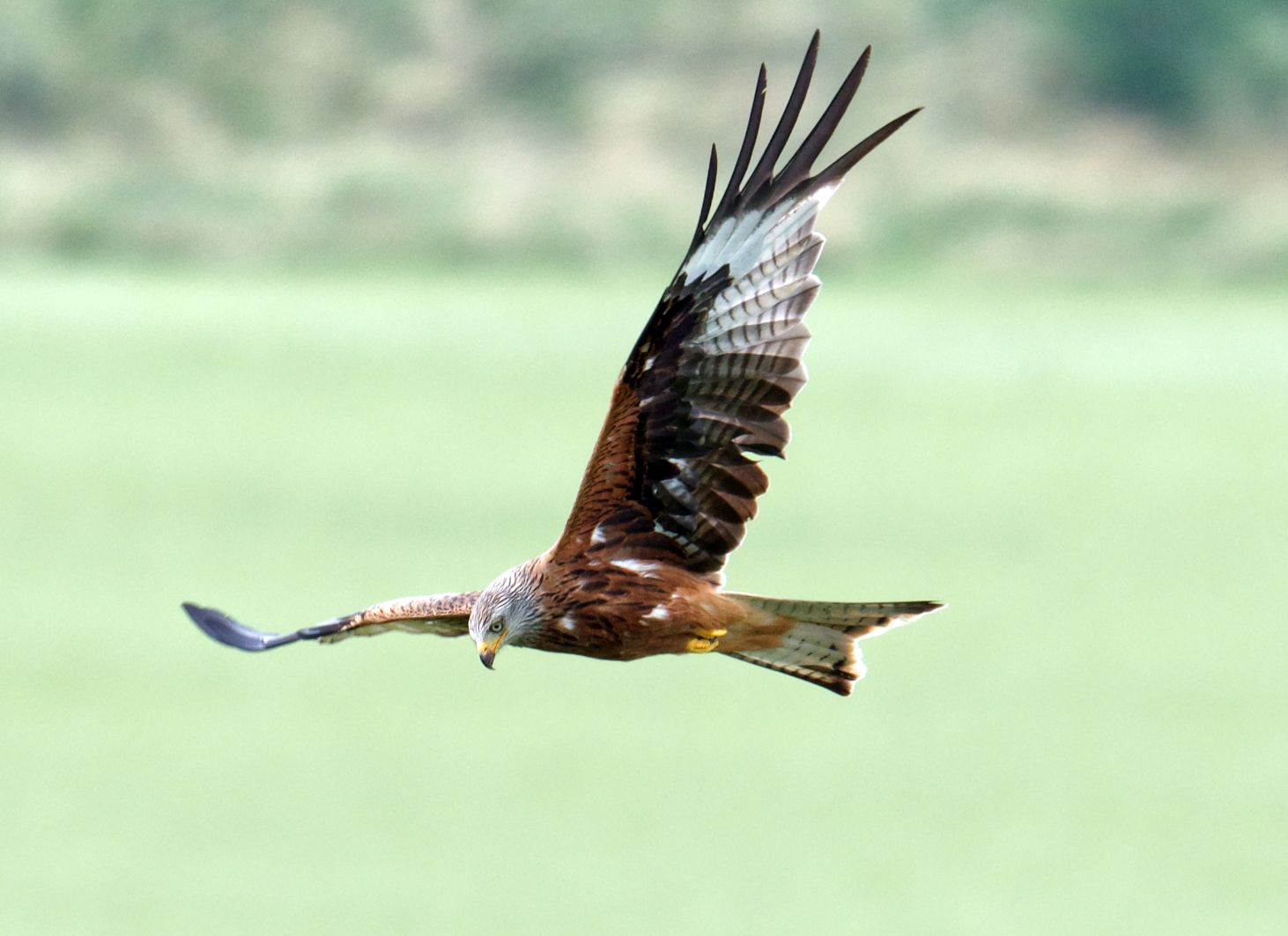 Interestingly the focus held firm on this passing 'in flight' subject despite being overall grey. The main difference was it was more than the 30m away I mentioned. 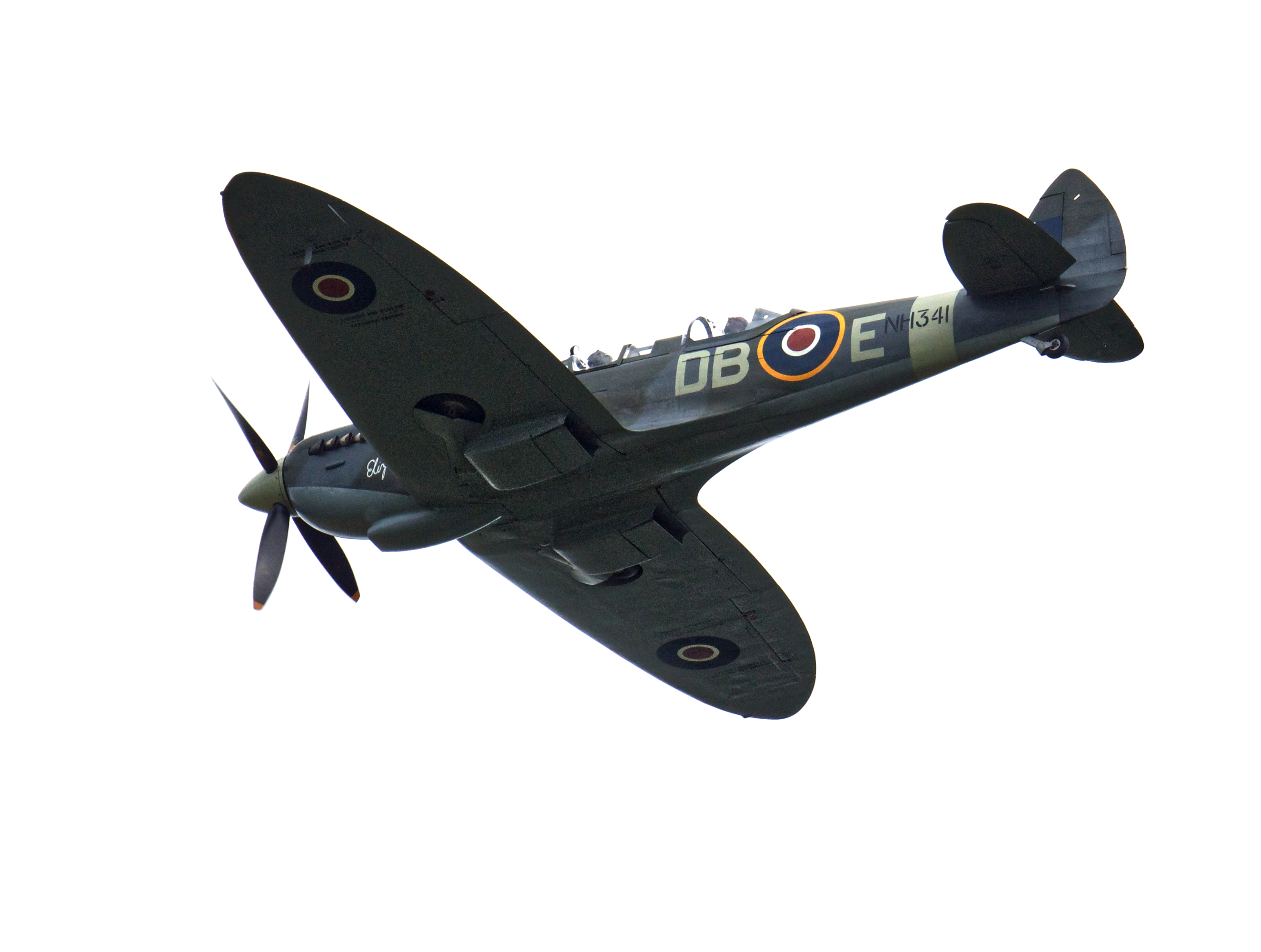 But birds are so much easier on the ground 😆.... 
____________________ Eric |
| Posted by blackfox: Mon Jul 15th, 2019 17:30 | 13th Post |
| not bad at all Eric ,the big grey bird is a bit noisy in the shadow detail but that's a different subject.. weirdly enough I ran into this exposure compensation problem today with a friend we were side by side shooting yellowhammers identical lenses he has a d7100 against my 7200 . now a lot of his shots turned out a white sky when all of mine showed a nice blue so I think with Nikon the use of e.c is quiet important . I have mine set to easy e.c on the rear dial a simple touch just dials it up in a instant .
|
| Posted by jk: Mon Jul 15th, 2019 17:31 | 14th Post |
| Eric, if you shoot RAW then you can push/pull exposure by 3 stops. Over-exposure is worse than under-exposure in Adobe products but not so bad in CaptureOne Pro. Obviously correct exposure gives best results. Regarding focus locking the closer you get the more you are working the AF ideally 20-40m but then you need a 400/500mm to get viewfinder filling images. The 300mm f4 is less than ideal as whilst it is light it isn't bright! Especially with TC on board. My Analysis Jeff gets better results for the following reasons. 1. Camera is DX which gives better reach than FX 2. Lens he uses is 150-600 which gives him opportunity to zoom 3. He has been practicing for years. Practice makes perfect! I have D500 + 200-500. I find it works well for BIF but I dont rate it for landscape work.
____________________ Still learning after all these years! https://nikondslr.uk/gallery_view.php?user=2&folderid=none |
| Posted by blackfox: Tue Jul 16th, 2019 03:10 | 15th Post |
| Some good points in there j.k , the one point you haven't covered is expense/ funding . I'm not that well off so everything I buy is either bargain bucket or a compromise . The 300mm f4 is as you say not that bright but it's light and gives good results as you can judge from the kite images . Coupled with a decent t.c it is also versatile enough to give super semi macro type shots at the flick of a button . Next point practise as you say makes perfect ,I'm lucky enough to live a couple of hundred yards from the sea/ estuary so there's always something flying about .
|
| Posted by Eric: Tue Jul 16th, 2019 03:44 | 16th Post |
| Just answering the points you guys raised.... I was shooting in raw on a D500 body, set to easy comp as suggested. The problem with the day was the sun going in and out behind white clouds. Sods law dictated the birds came closest when the sky was cloudy immediately overhead. This gave three problems...no blue sky background, low contrast and minimal bounced back fill light to lift the shaded underwings. This was especially true of the big grey bird that caught me unawares. Despite being adjustable in raw, the underwing was too dark to recover without noise. Shooting with the D500+500mm+1.4tc I was effectively at 1000mm (35mm equivalent) ]. The first bird photo is a full frame totally uncropped image. This obviously makes it harder for me (and maybe the camera) to keep the bird in focus and completely in frame. Several shots had a wing or a tail missing. 😆 So I will next time ditch the TC and see if the success rate goes up. Having sat down back home I think I am perhaps expecting too many hits. Out of 400 shots I have deleted around 200 due to focus, exposure and missing wings etc. Of the remaining 200 there are half that are almost identical given the birds flight path/style. So I've thinned out another 120 leaving around 80 'unique' frames....some more pleasing than others due to lighting / bird body shape etc. Oh the 80 also includes 20 of the yellowhammer, a buzzard and linnets that were around....so 60 of 400 ain't to bad. The campsite owner, seeing me taking photos, has said that if I would like to return he is happy for me to bait the adjacent field which he also owns. He says this will bring them even closer ...which would be useful, as I could then try the D850 as well as the D500 without the TC! But of course that means a 70mile trip to the site which has to be factored in around other day to day activities....to prevent a divorce.
____________________ Eric |
| Posted by blackfox: Tue Jul 16th, 2019 03:57 | 17th Post |
| that success rate is about right Eric ,thats b.i.f shooting for you . . and the camp site owners offer sounds superb ,just do it
|
| Posted by jk: Tue Jul 16th, 2019 13:07 | 18th Post |
| Eric, I think that is a fairly good success rate.
____________________ Still learning after all these years! https://nikondslr.uk/gallery_view.php?user=2&folderid=none |
| Posted by jk: Tue Jul 16th, 2019 14:12 | 19th Post |
Eric said "The campsite owner, seeing me taking photos, has said that if I would like to return he is happy for me to bait the adjacent field which he also owns. He says this will bring them even closer ...which would be useful, as I could then try the D850 as well as the D500 without the TC! 70 miles is just a quick trip in you eco-friendly hybrid that does 400miles/charge and only requires a new set of highly toxic batteries every 4-5 years! I really think most politicians and many other dont realise the energy usage and toxicity of producing these batteries. Tell Jan she needs to practice as well.
____________________ Still learning after all these years! https://nikondslr.uk/gallery_view.php?user=2&folderid=none |
| This is topic ID = 1722 | ||
| Nikon DSLR Forums > Camera and Lens Forums > Specialised Photography - Macro, UV, IR, Underwater > Bird in flight techniques | Top | |
Users viewing this topic |
||
Current theme is Blue
| A small amount of member data is captured and held in an attempt to reduce spammers and to manage users. This site also uses cookies to ensure ease of use. In order to comply with new DPR regulations you are required to agree/disagree with this process. If you do not agree then please email the Admins using info@nikondsl.uk Thank you. |
Hosted by Octarine Services
Copyright © 2008-2024 Data 1 Systems
Page processed in 0.1483 seconds (66% database + 34% PHP). 126 queries executed.
Copyright © 2008-2024 Data 1 Systems
Page processed in 0.1483 seconds (66% database + 34% PHP). 126 queries executed.